Electric sense, connected to life
ELWAVE develops solutions based on electrical sensory perception, known as “electric sense”, developed since 2007 by the biorobotics research group in Mines-Telecom Atlantique Institute.
back to the origins
The bio-inspiration
ELWAVE technology is inspired by the sensory mechanisms of tropical freshwater fish, such as African mormyrids and South American gymnotiforms. These fish have evolved electrical sensory perception to navigate, hunt, and communicate in environments where vision and sonar (acoustic communication and echolocation) are ineffective.
Electrical sensory perception works by detecting disturbances in the electric field generated by the fish. These fish emit a 360° electric field around their bodies, which is disrupted by obstacles, other fish, and predators in their environment. Electro-receptor cells embedded in their skin detect, measure, and analyze these disturbances, enabling them to create a real-time, three-dimensional image of their surroundings.
Esense Lab
Electric sense: academic background
Since 2007, the LS2N biorobotics research center, jointly operated by ARMINES and the Mines-Telecom Atlantique Institute, has been developing command-and-control sensors and algorithms for underwater robots using this technology. These efforts are carried out in the framework of industrial contracts, projects funded by the French National Research Agency, and European initiatives such as FP7 Angels and H2020 Subcultron.
Electric sense systems operate based on the following principle:
- Emission of an alternating current, low-frequency electric field (+ pole).
- Measurement of changes in the intensity (I) of currents at each electrode (- poles).
Research has proven the effectiveness of electric sense technology across a range of applications in diverse environments, including seawater, freshwater, sediment, and even air. Notably, it has been particularly successful in:
- Assisted navigation for underwater robots.
- Sediment analysis, such as detecting strata and buried objects.
- Obstacle avoidance for industrial robots (cobotics).
Artificial Electric Sense for Underwater Robots by Frederic Boyer, Professor, LS2N
Epulse : CEDAR® technology
A Controlled Electric Detection And Ranging Technology
EPULSE sensors generate an electric field around the vehicle and measure the modulations of the electric field. These variations indicate that an object with a differing conductivity has entered into the “electric bubble”. Dedicated algorithms translates these modulations into an electrical impedance image.
By flying over the seabed, EPULSE sensors detect any objects and permit to precisely determine I real-time their size and shape (subdecimetric) resolution) and their electric nature (metallic, non-metallic).
Detect any material
Super classification (metallic / non-metallic)
Effective in all environment ( turbid, buried)
Omnidirectional
Reactive navigation
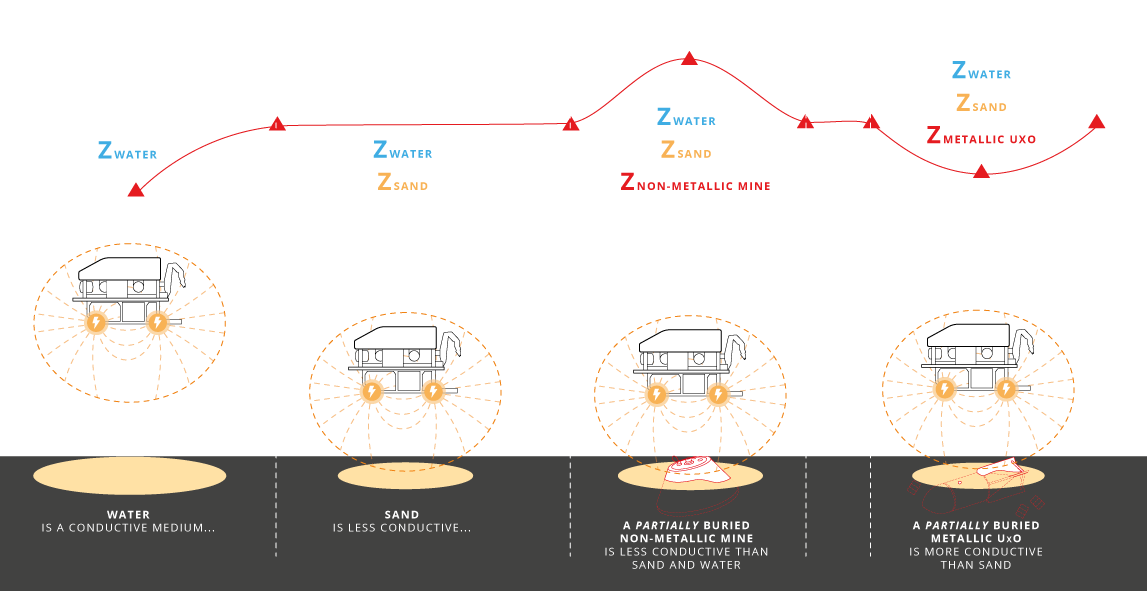
CEDAR® technology introduces a new sense to subsea robotics, complementing existing capabilities and revolutionizing underwater exploration, inspection, and surveillance. It is effective for detecting both metallic and non-metallic objects, regardless of turbidity conditions or even when covered with sediments. Each sensing technology have pros&cons :
- The acoustic (SONAR) has a tremendous detection range but suffers of multipath in congested environment and struggle to detect targets in noisy, rocky and seagrass environment
- The camera is directly impacted by the water turbidity
- Electromagnetic systems such as pipetrackers, can only detect metallic targets
Target’s detection in complex environment, electrical and electrical super classification (material conductivity, size, shape) are the new target’s characterization capabilities offered by CEDAR® technology. They complement existing technologies for more efficient subsea operations. Each operation will rely on its specific mix of technology or “toolbox” depending on its specific requirements and constraints.
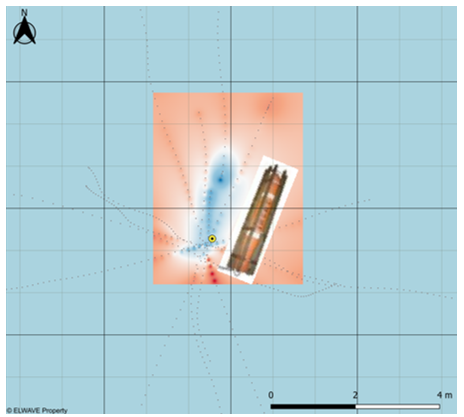
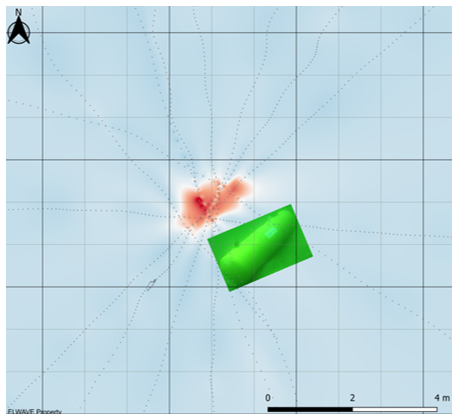
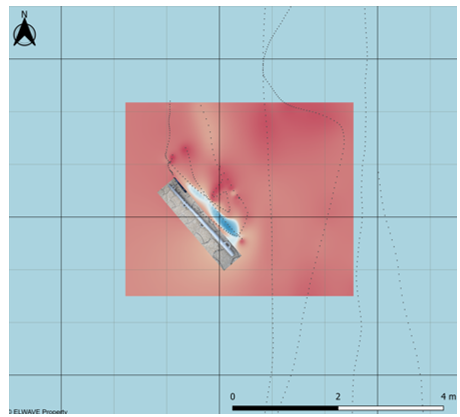
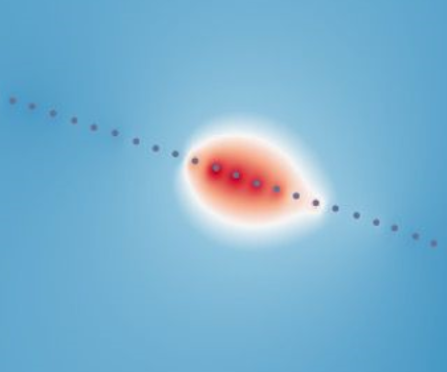
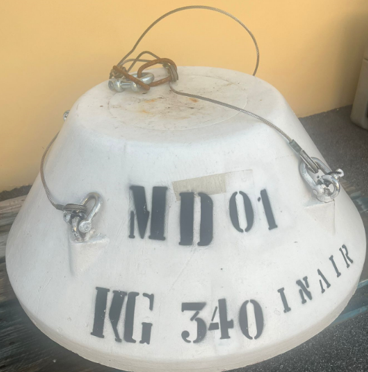
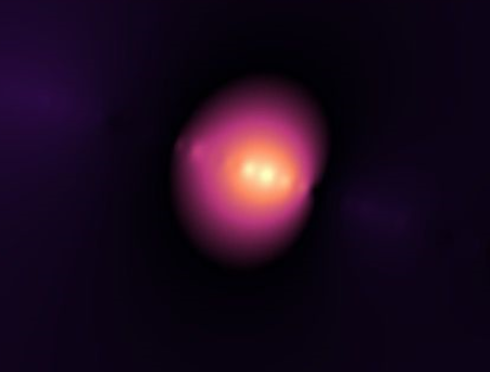
Capacities
The electrical detection and super classification of subsea targets in all conditions cannot be performed consistently by another method. However, those capabilities brought by CEDAR® will complement existing technologies for more efficient subsea operations. Each operation will rely on its specific mix of technology depending on its specific requirements and constraints.
